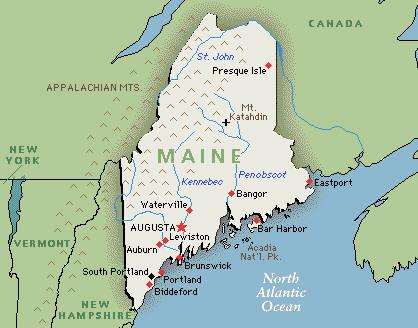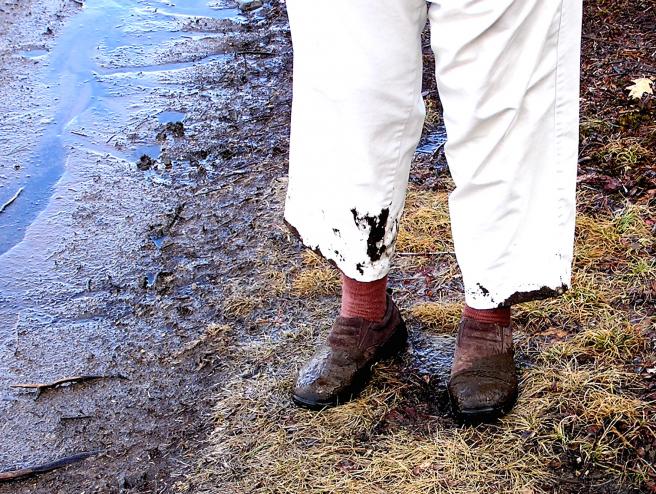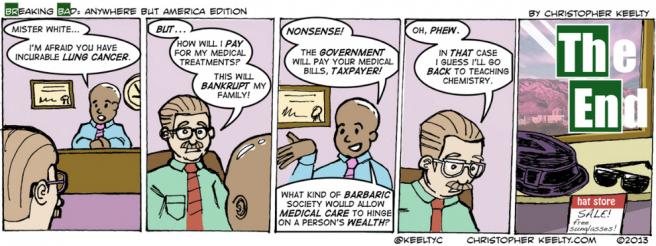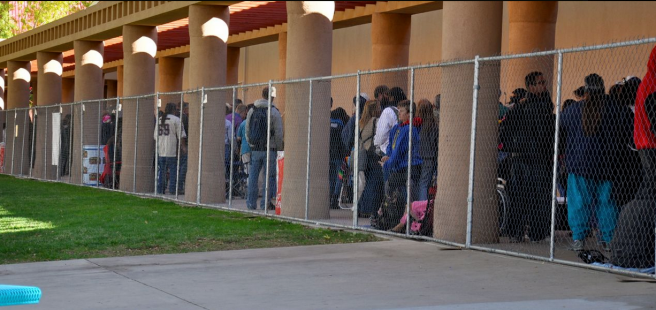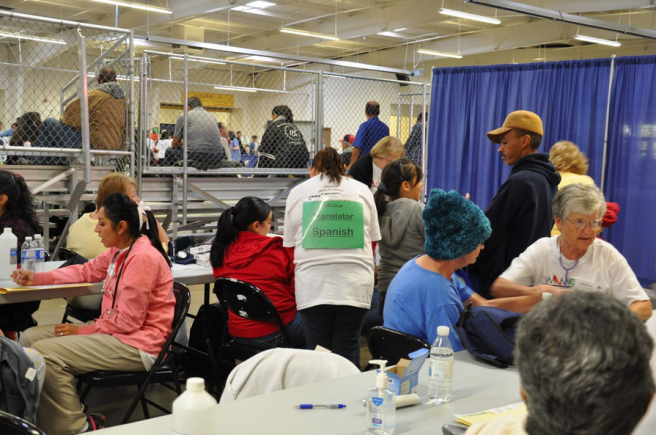Health care for artists - find out more
Guest post by Zack Kear, Albuquerque resident, musician & teacher. (Originally published as an oped in the Albuquerque Journal, 2/13/2014.)
I’m a musician, which means I work several jobs so that I can do what I love. But it’s difficult to maintain affordable health insurance when most of your work is part-time or you’re in between jobs, and I know a lot of my friends are in the same boat.
There’s been a lot of talk about the new health care law, but I still have a lot of unanswered questions, and I know my fellow artists do, too. I heard that Health Action New Mexico is hosting a “Creative Coverage Cabaret” at ArtBar this Sunday from 4-7 p.m. for artists and art lovers who need health insurance.
Health Action New Mexico will have health care guides at the event to answer questions, no matter how small. If you’re like me, you get overwhelmed at the very mention of premiums, deductibles and co-pays. So having a friendly expert to explain my options – especially about what financial assistance I can get to help pay for insurance – sounds great.
While you talk to the health care guides, there will be live performances from a long list of Albuquerque-based artists from comedians to musicians to dancers. Come support our local talent and get health insurance – what better way to get covered?
I’m going because last year my University of New Mexico Cares plan was denied renewal. To make matters worse, I developed a jaw alignment problem that insurance wouldn’t cover.
As a singer and a flautist, this was potentially devastating. I ended up paying out of pocket for my preventative treatment only to find myself unable to afford the cost of monthly insurance.
Now that I’m without, I appreciate the value of health insurance more than I did before. If I needed other medical care tomorrow, I would have no way to afford it. So now that there are all these new plans under the new law, I’m hoping that the guides at the Creative Coverage Cabaret can help me find an affordable plan.
What I’ve learned so far about the Affordable Care Act is that almost three-quarters of uninsured New Mexicans are eligible for financial assistance or Centennial Care (our new Medicaid), and Centennial Care has expanded to include adults who have never qualified for Medicaid before. So chances are you qualify for financial help. And if you do, you could pay seriously low-cost or no-cost monthly premiums – and you wouldn’t have to worry about how you would pay in an emergency.
The other great thing is that the new rules give you better, more comprehensive care than was available on a lot of plans before the Affordable Care Act.
Now health insurance is required to cover basic benefits like prescription drugs, hospitalization or doctor’s visits. And on top of that, a lot of the things that could prevent sickness – like flu shots, checkups and cancer screenings – are free.
So come for the music, comedy and performance and potentially leave with health insurance coverage. Even if you have coverage already, you should come learn about the changes and how they affect you because there could be cheaper, better plans out there. At the very least, it’s a night to celebrate both our art and our health.
If you can’t come to the event, call Health Action New Mexico at 505-867-1095 because they can explain the new options a lot better than I can. Just do it before March 31, otherwise you may have to pay the fine and wait until next year to enroll.
Affordable, accessible health care means that we can do what we love without having to worry about where our health insurance is coming from or how we are going to afford it. Come to ArtBar by Catalyst Club at 119 Gold SW to see what that means to us.
Health Action

